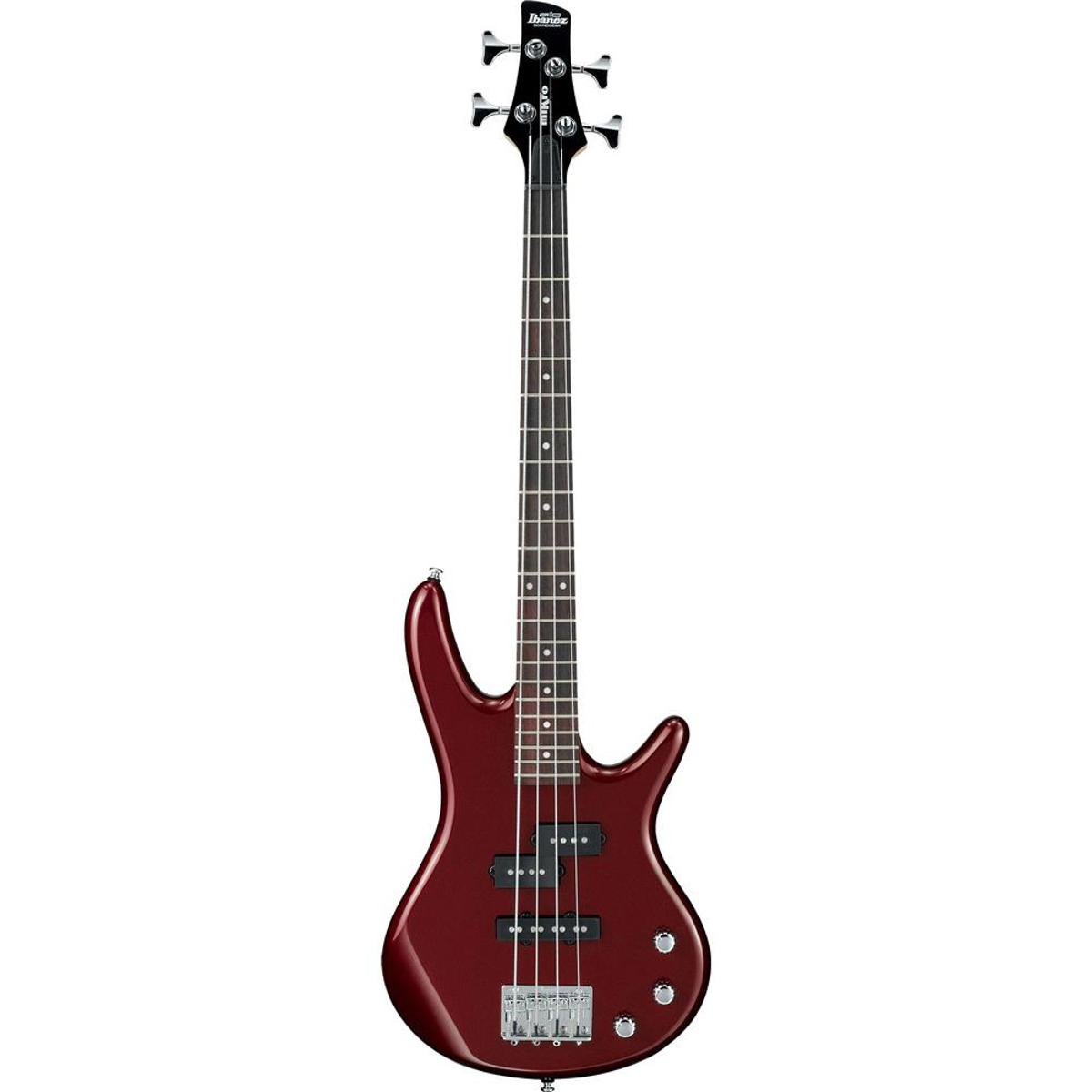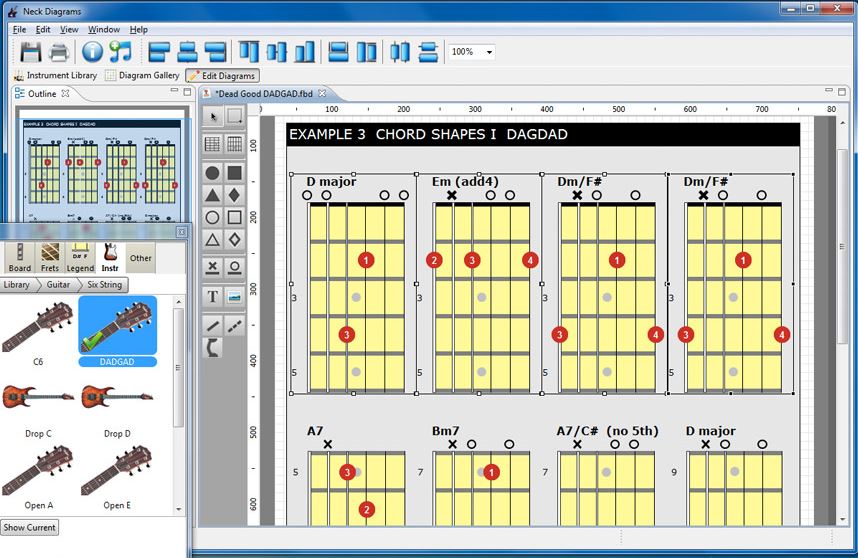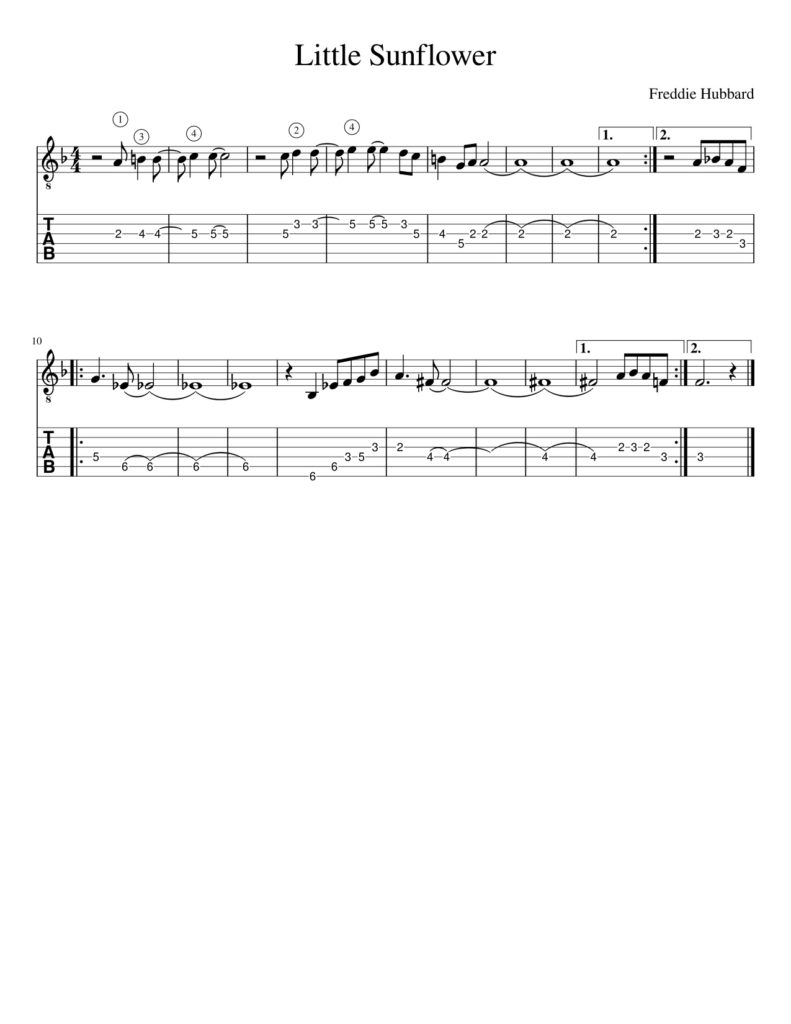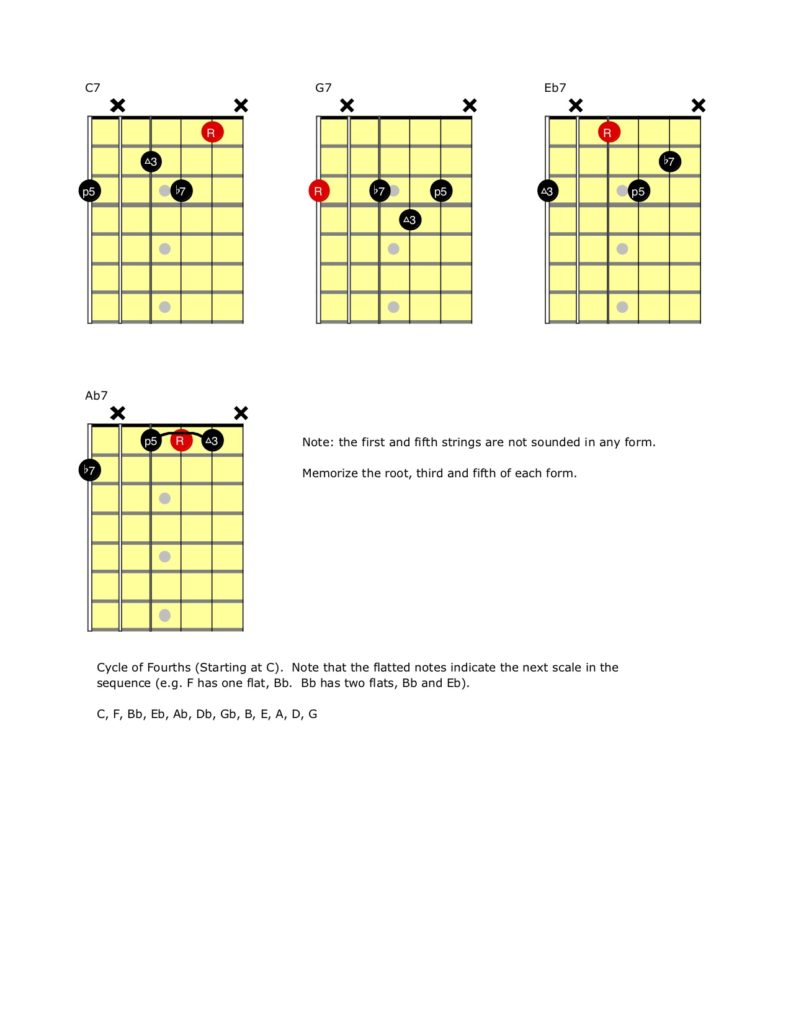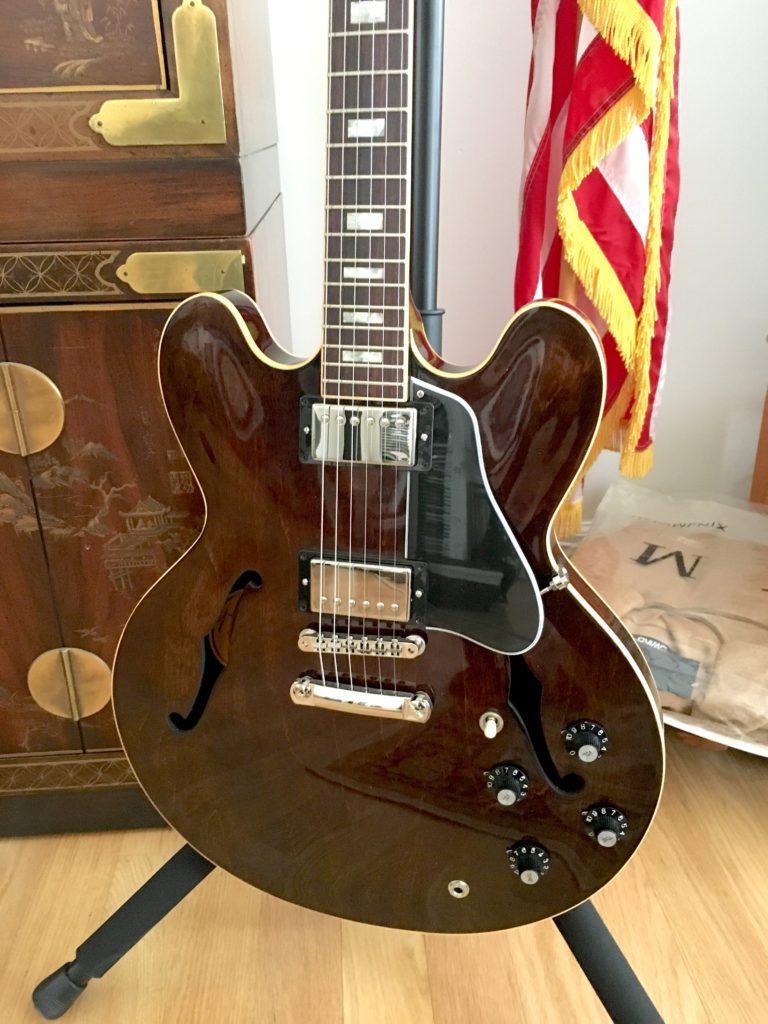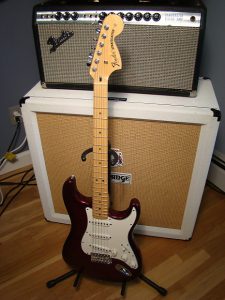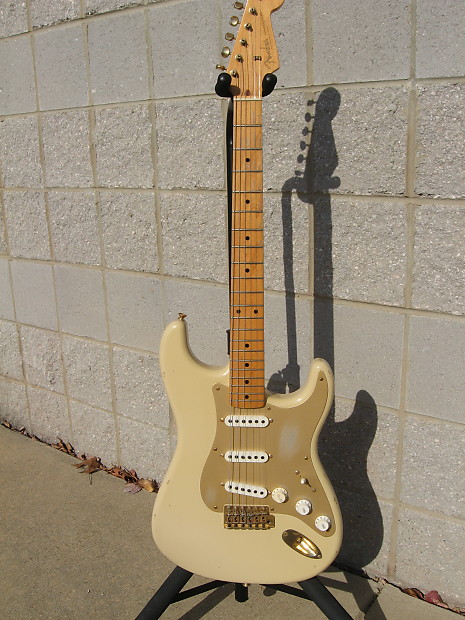This past Saturday I met with the worship leader at church. For those not into the “lingo,” the worship leader is the band leader who kicks off worship services with music and song, and energizes the congregation into singing in praise.
I had previously informed him that I was adding bass guitar to my stable. Since the band has been playing without a bass for a while, I felt this switch might get me involved with the band.
And so, we met on Saturday for an audition/rehearsal. Let me say for the record that Jesse, the worship leader, is a consummate professional musician, a terrific singer, and a devout Christian. We spoke first, and he informed me that the worship band is not a place for showing off, or being the center of attention. Knowing that eyes are on the performers, the band members should appear professional, and not grimace if the make a mistake, and that the focus is on God and not the band.
I concurred, and so we went over two songs. We both are aware that bass is a new instrument to me, so he kept it simple, indicating that the most important thing for me, as the bass player, was to keep time. Play just the root notes of the charted chords, keep time, and that’s all that’s asked of me.
We practiced and agreed to meet every Saturday morning to refine my skills, and with the hope I’ll join the band on stage when he’s decided I’m ready. When I’m ready, I hope to publicly debut my newest, and premier bass guitar, an Epiphone Limited Edition 20th Anniversary Jack Casady Signature Bass.

Reading reviews on bass guitar forums, this guitar is considered by all who own one a top-notch instrument. It’s a semi-hollowbody, designed with Jack Casady’s (Jefferson Airplane, Hot Tuna) input and advice. Yes, he plays one.

This is a gorgeous bass! I need to get used to the 34-inch scale, as my small fingers are creating fret rattle as I move along the fingerboard. I may need to have it professionally set up, but I have time to do so. In the mean time, I’m using my short-scale Ibanez to rehearse.



